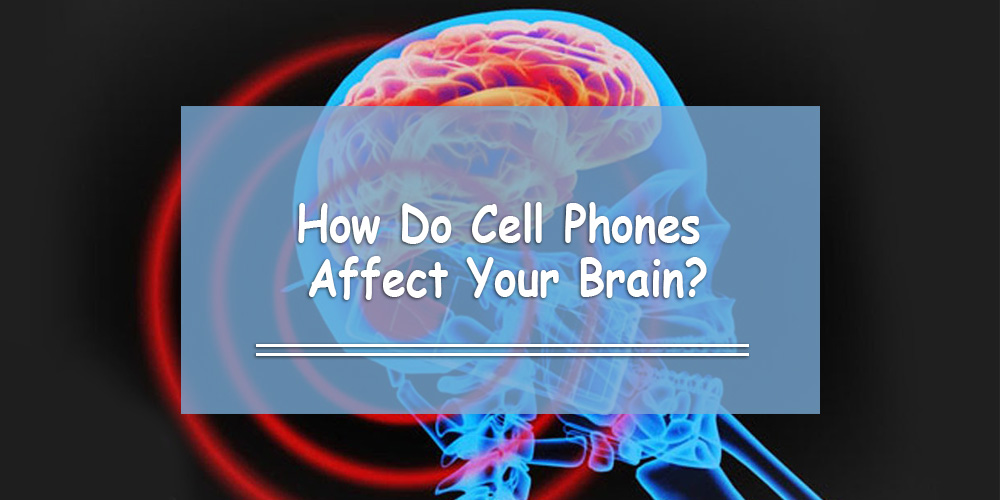
Mobile Phones within Society
History of Mobile Phones
Phones were first developed as a means of communication, with the first phone being a crude and simple device having one transmitter and a single receiver allowing a signal to be transmitted and received in a single direction. This primitive telephone was designed in 1876 by Alexander Graham Bell, this phone served to be the backbone of innovation leading towards the modern phone. (Networks n.d.). The main objective of phones has always been a means of communication with the original design being adapted into society in the form of landlines, and only recently has the telephone technology been miniaturized and adapted to operate wirelessly becoming the mobile phones we know today. When mobile phones first became readily available they were rather dumb devices with the sole purpose of communication, and as technology has advanced and the use of phones has changed.

Social Impact
Mobile phones have become an extremely prominent force in the 21st century, many people today would find it hard to imagine life without them. A key factor to their importance being the ability to easily maintain one’s social life. A survey by Harris Interactive found that 47% of US teenagers thought their social life would end or be worsened if they were not able to text message via their mobile phone and 57% of teenagers viewed their mobile phones as the key to their social life (MarketingCharts 2008). Having access to a plethora of social networking sites, SMS and video call services from one device, allows users to interact with whoever they’d like around the globe at any given moment. Because of their convenience, mobile phones have effectively become a more preferred method of social interaction over face-to-face communication.
The impact of everyday phone use on humans
Mobile phones are ever developing technology that have shaped the way we live our everyday lives. The total use time of mobile phones everyday has increased by up to 2 hours since 2012 (e-marketer 2018). Following this trend by the year 2020 people will be spending at least 3 and a half more hours on their phones since 2012. (e-marketer 2018). A study conducted by Flurry in 2017 showed that the average U.S. mobile phone consumer spends an average of 4 hours and 25 minutes whether they are calling, texting or using applications (flurry 2017). From all this use of mobile phones there are bound to be some negative impacts for the users. The constant use of these harmful blue light emitting devices (Bluelight 2016) has been proven to cause many health risks to daily users. The most predominant of problems relating to mobile phones is the effect on our behaviors and wellbeing. According to Medical Daily, mobile phones adversely affect our emotions and stress levels the earliest in the lifetime of our mobile phone usage (Medical Daily 2013). The University of Gothenburg, Sweden, conducted a study on the direct link between stress and emotions due to mobile phone usage. The results concluded that excessive mobile phone users between ages of 18-24 experienced sleep disturbances, increased stress and an increase in depression (Health 2011).